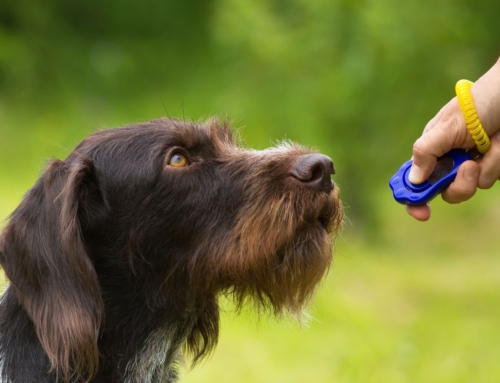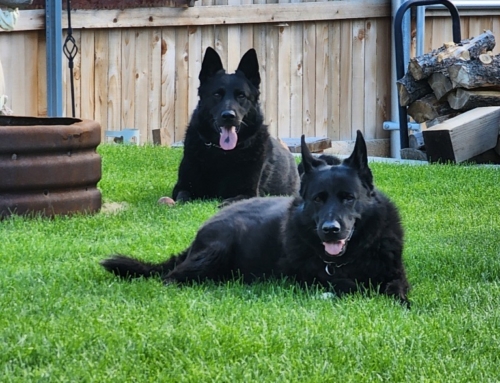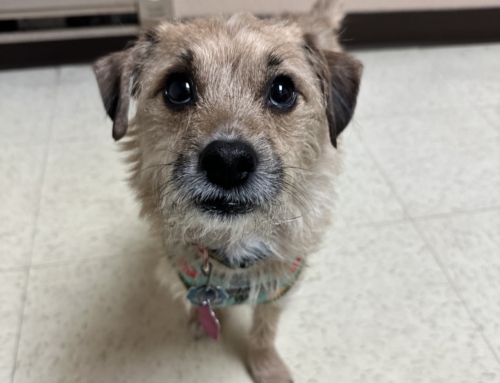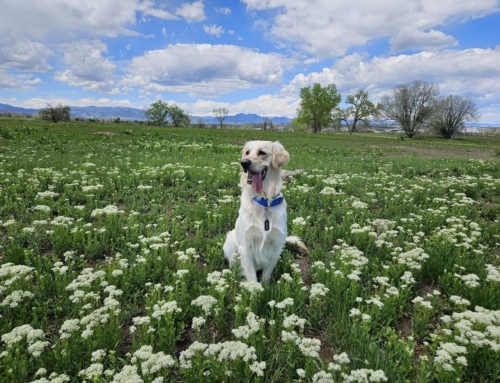Living in Colorado with a dog is more than just a lifestyle; it’s a vibrant community experience shaped by our breathtaking landscapes, active culture, and a deep-rooted love for pets. Whether you’re a newcomer or a lifelong resident, the Centennial State offers a unique set of joys and challenges for dog owners. From adapting to seasonal weather swings to staying compliant with evolving local laws, there’s a lot to consider to ensure your furry friend stays happy and healthy all year long. Let’s dive into the essential tips every Colorado dog owner should know to provide the best care, keep your pet safe, and make the most of everything our beautiful state offers.
Understanding Colorado’s Dog Ownership Landscape
Colorado is a paradise for dog lovers, and the numbers speak for themselves. As of 2024, 47.2% of Colorado households own a dog. That’s nearly half of all homes sharing life with a canine companion. The state’s passion for pets runs even deeper: Colorado ranks 10th in the nation for pet ownership, with 64.7% of households owning a pet. This strong pet community means you’re in good company whether you’re walking in the city or hiking in the Rockies.
More than just statistics, this culture of dog ownership shapes local amenities and services. From dog-friendly breweries to dedicated parks and trails, you’ll find plenty of spaces designed with your pup in mind. In 2024, Colorado was named the state with the most devoted dog owners, reflecting not only the high number of pets but also the care and attention Coloradans give to their four-legged family members.
Seasonal Care: Adapting to Colorado’s Climate
Colorado’s climate is as diverse as its scenery, featuring hot, dry summers and cold, snowy winters. As a dog owner, it’s essential to adapt your care routine throughout the year to ensure your pet’s comfort and safety. In summer, high elevations and low humidity can lead to rapid dehydration for both humans and dogs. Always carry extra water on walks, and avoid strenuous activity during peak afternoon heat when pavement and trails can become dangerously hot for sensitive paws.
Winter brings its own challenges, including icy sidewalks, snow-packed trails, and cold temperatures. Invest in protective booties to shield your dog’s paws from ice melt chemicals and frostbite. Dogs with short coats may benefit from a warm, waterproof jacket. Limit outdoor time during extreme weather, and always check for signs of hypothermia or discomfort, such as shivering or reluctance to walk.
- Spring: Be mindful of mud, melting snow, and lingering ice patches.
- Summer: Avoid hot pavement, provide plenty of shade and water, and watch for heatstroke symptoms.
- Fall: Prepare for cooler evenings and increased wildlife activity, which may excite or stress your dog.
- Winter: Use paw protection, dress appropriately, and rinse off de-icing chemicals after walks.
By staying attentive to seasonal shifts, you’ll help your dog enjoy Colorado’s great outdoors in comfort and safety year-round.
Navigating Local Laws and Regulations
Responsible dog ownership in Colorado means staying informed about local laws and regulations. These rules are regularly updated to reflect the community’s commitment to animal welfare. Colorado’s legislative session in 2024 introduced new laws aimed at improving pet and veterinary care. For example, leash laws vary by county and city, so it’s essential to know the requirements in your area. Most municipalities require dogs to be leashed in public spaces unless in designated off-leash areas.
Licensing your dog is another legal requirement that helps reunite lost pets with their owners and funds local animal services. Vaccinations, particularly against rabies, are mandatory statewide. Fines for failing to pick up after your dog can be steep, so always carry waste bags and dispose of pet waste properly. For more guidance on local regulations and responsible pet waste removal, visit Code of Colorado Regulations.
Outdoor Adventures: Safety and Etiquette
Colorado’s trails, parks, and open spaces are perfect playgrounds for adventurous dogs and their owners. However, with privilege comes responsibility. Practicing proper outdoor etiquette ensures these spaces remain enjoyable and accessible for everyone. Always follow posted rules regarding leashes, hours, and access points. Even well-trained dogs should be leashed unless you’re in a designated off-leash area.
One of the state’s most popular dog destinations is the 24-acre Bear Creek Dog Park in Colorado Springs, which offers a 0.75-mile loop trail and creek access for dogs. Before exploring new areas, check for local wildlife advisories and be aware of potential hazards like rattlesnakes, coyotes, and mountain lions. Carry a whistle or air horn in remote areas and keep your dog within sight at all times.
- Always clean up after your pet, even on wilderness trails.
- Yield the trail to hikers, cyclists, and horseback riders.
- Respect wildlife and keep your dog from chasing or harassing animals.
- Bring plenty of water and a portable bowl, especially for longer hikes.
- Consider bringing a canine first-aid kit for emergencies.
By respecting shared spaces and prioritizing safety, you and your dog can enjoy Colorado’s great outdoors while setting a positive example for others.
Health and Wellness: Preventative Measures
Colorado’s diverse environment brings unique health considerations for dogs. Preventative care is key to a long, happy life for your pet. Schedule annual vet check-ups to monitor your dog’s overall health and stay current on required vaccinations. Flea, tick, and heartworm prevention are important, especially if you spend time in wooded or grassy areas.
The state’s dry climate can lead to dehydration and cracked paw pads, so keep fresh water available and moisturize paws as needed. Monitor your dog for signs of altitude sickness if you’re traveling to higher elevations, such as lethargy or difficulty breathing. In addition, watch for signs of allergies, which can be triggered by seasonal pollen or dust common in Colorado’s arid regions.
Regular grooming, dental care, and exercise are crucial components of your dog’s wellness routine. Staying proactive about health helps you catch issues early and keeps your pup in top shape for every adventure.
Nutrition: Feeding Your Dog in Colorado
Proper nutrition is the foundation of your dog’s health, and Colorado’s active lifestyle means many pups burn more calories than average. Choose high-quality dog food that matches your pet’s age, breed, and activity level. If your adventures take you to high altitudes, your dog may need slightly more food due to increased energy expenditure. Always provide access to fresh, clean water, especially in dry conditions. Consult your veterinarian for specific dietary recommendations tailored to your dog’s needs and activity level.
Socialization and Training: Building a Well-Behaved Companion
Socialization and training are essential for a harmonious life with your dog in Colorado’s pet-friendly community. Expose your dog to various environments, people, and other animals from a young age to encourage confidence and appropriate behavior. Positive reinforcement training builds trust and ensures your dog responds reliably to commands, even in exciting outdoor settings. Consider enrolling in obedience classes or working with local trainers to reinforce good manners, especially if you plan to visit off-leash parks or busy trails.
Emergency Preparedness: Planning for the Unexpected
Colorado’s unpredictable weather and active lifestyle mean emergencies can happen at any time. Prepare a pet emergency kit with food, water, medications, first-aid supplies, and a copy of your dog’s veterinary records. Know the location of the nearest 24-hour animal hospital, and have a plan for evacuating with your pet in case of wildfires, floods, or other disasters. Microchipping and up-to-date ID tags are critical for reuniting with your pet if you become separated. By planning ahead, you’ll have peace of mind knowing you’re ready for whatever comes your way.












